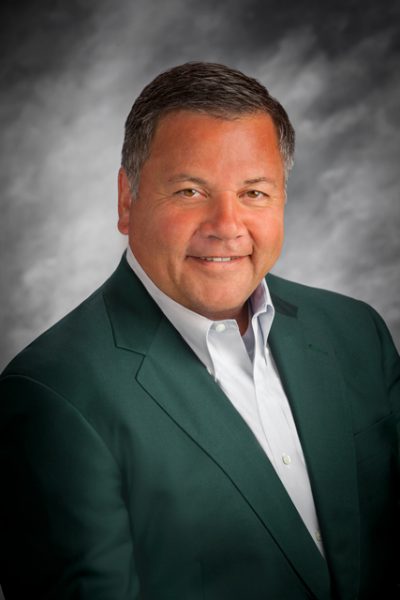As an insurance firm that represents several large rental houses in the entertainment industry, US-based Take1 Insurance, like many others in the industry, has taken a sizeable hit since March 2020. However, with signs pointing to a return to live events, Take1 Insurance Vice President, Scott Carroll spoke to TPi about some issues he is pointing out to his customers in response to changes COVID-19 has already brought to the sector.
“From an insurance point of view, my biggest concern is that there needs to be enough time to ‘shake the rust off’ as we currently have a workforces that has been inactive for many months and may need time to rebuild some of the muscle memory when it comes to working practices to create a safe working environment,” Carroll said. Although not involved in any way with this case, he pointed to the recent incident in Florida where a giant video screen collapsed. “No one was hurt thankfully, but I think it was symbolic of some of the fears I’d had about moving too fast as events reopen,” he remarked.
As a board member of the Event Safety Alliance (ESA), Carroll expanded on one of the ESA’s main goals – to promote training in the live events sector. “Our training programming is called the Event Safety Access Training. It takes its lead from a similar course in Europe and is something we are keen to make standard practice across the United States.”
Carroll explained that although the course is simple, it helps the workforce all reach the same standard and, in the case of people taking such a long break due to COVID-19, is a good refresher before crewmembers jump head first into the events space. “One of the main insurance carriers who we work with has even offered to pay for training,” enthused Carroll, as he discussed the wider support from the insurance industry for such an incentive.
As well as being conscious of the long break, Carroll was also keen to give his two cents on the changing nature of the entertainment business and the effect this has had on insurance. “We at Take1 provide insurance for numerous large rental firms run by creative individuals, many of which have re-jigged their business models in the past 15 months,” he stated. “One of the common trends we’ve seen is building virtual studios within their offices. The knock-on effect from an insurance standpoint is that these businesses now have more professional liability exposure as they are inviting customers into the offices rather than simply functioning as a storage and workshop for live events.”
The other major issue Take1 has had to reiterate to its customers is the greater “exposure” their rental fleets are now under, with less kit being used for touring. “When companies have equipment that is spread out among several different shows in different locations, the spread of risk is far lower than when the majority of their stock has been kept under one roof.”
Carroll went on to explain that one of the company’s major jobs during this time has been walking customers through these changing parameters on their insurance policies and trying to help insurance mitigate loss. “We’re looking to morph and mould with the events industry,” he concluded. “One of my customers predicted the other day that we’re going to go from ‘pandemic to pandemonium’, insinuating that there will be more work than they know what to do with. The US has already shown signs of this recovery with a large number of customers starting to up their insurance policies and, perhaps more surprising, even numerous brand-new companies being formed and making large investments.”
This article originally appeared in issue #265 of TPi, which you can read here.


